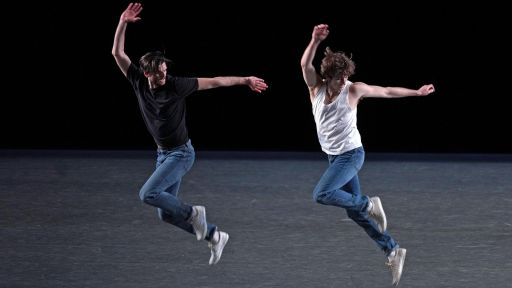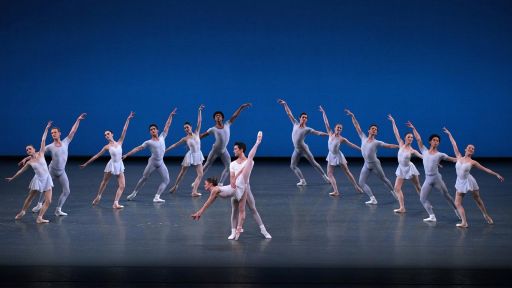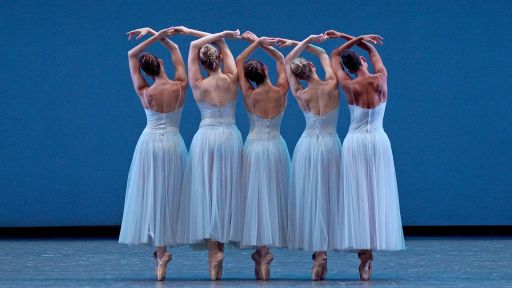From Classical to Contemporary: Tracing the Careers of George Balanchine and Justin Peck to the New York City Ballet
Founded in 1946, the New York City Ballet has long been a staple of the New York arts scene. But how did this venerable institution come about, and who leads it today? Below, explore the lives and careers of two men essential to the NYCB’s history – George Balanchine, the co-founder and original Artistic Director of the company, and Justin Peck, the current resident choreographer for the NYCB.
January 22, 1904
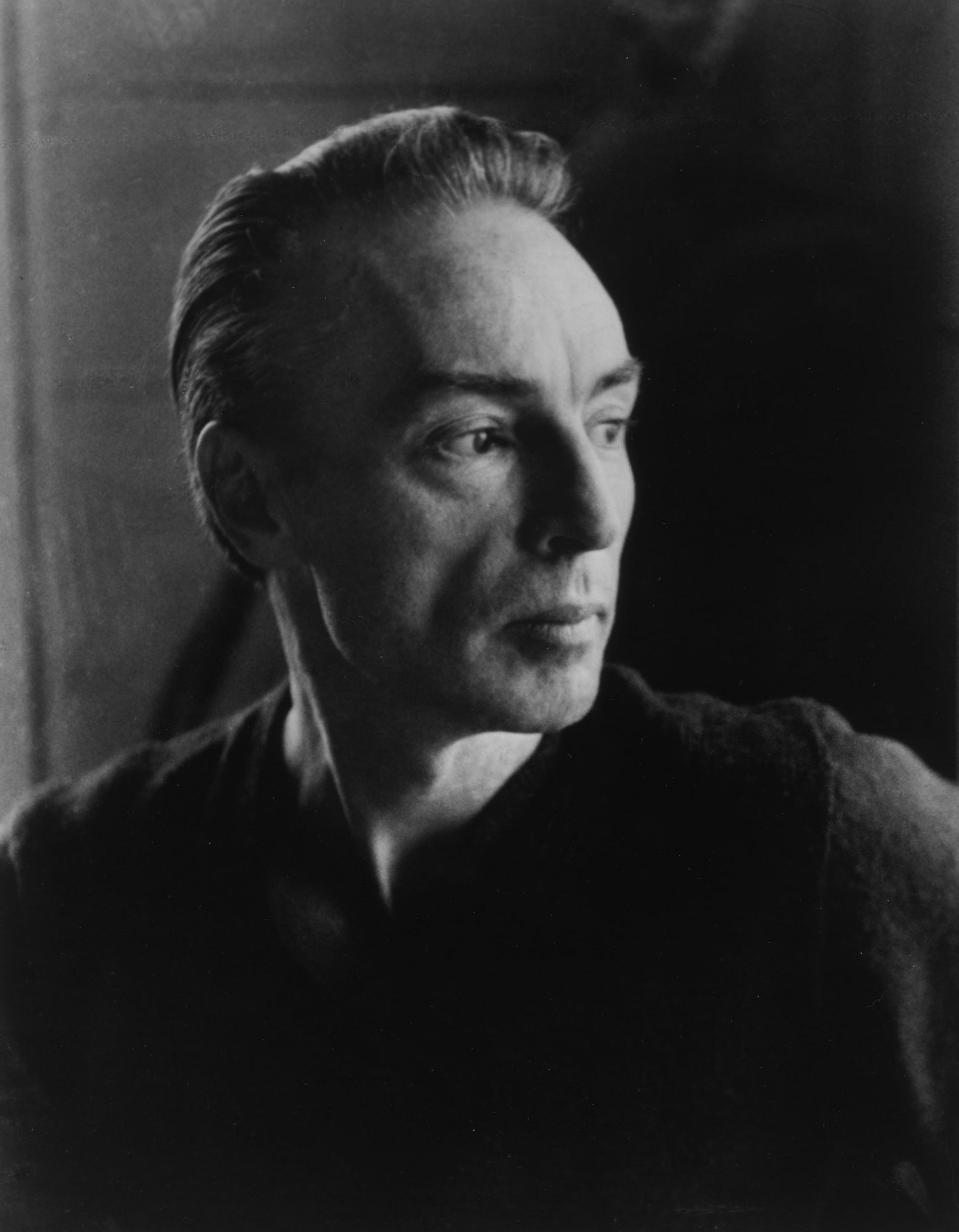
Georgi Melitonovich Balanchivadze was born in Saint Petersburg, Russia, the son of Georgian composer Meliton Balanchivadze.
Photo: George Balanchine (Credit: Tanaquil Le Clercq)
1913
Balanchivadze enrolls in the Imperial Ballet School, where he will study dance for the next eight years.
1914
Balanchivadze makes his debut as a dancer at age 10, playing the role of Cupid in the Maryinsky Theatre Ballet Company production of The Sleeping Beauty.
1921
At age 17, Balanchivadze graduates from the Imperial Ballet School, and enrolls in the Conservatory of Music, where he studies piano and musical theory, composition, harmony and counterpoint. The same year, he returns to the Maryinsky Theatre Ballet Company and joins their corps de ballet.
1924
Balanchivadze, along with fellow dancers Tamara Geva, Alexandra Danilova and Nicholas Efimov, begins a tour of Western Europe, eventually being invited to audition for the Ballets Russes in Paris by impresario Sergei Diaghilev. All four of them were admitted to the company. Around the same time, Diaghilev convinces Balanchivadze to change his name to “George Balanchine.”
1924 – 1929
While at the Ballets Russes, Diaghilev began to take an interest in Balanchine’s work as a choreographer, and after seeing his restaging of Stravinsky’s “Le Chant de Rossignol,” he hired him as ballet master for the company. After a knee injury limited Balanchine’s own dancing ability, the young dancer committed himself to choreography full time. Balanchine served as ballet master of Ballet Russes until 1929, when the company dissolved following the death of Diaghilev.
1929 – 1933
Balanchine spends the next few years choreographing pieces across Europe, including staging dance extravaganzas for Cochran Musical Theater Revues, choreographing for the Royal Danish Ballet; making a movie with former Diaghilev ballerina Lydia Lopokova; and working with Ballet Russe de Monte Carlo.
1933
Returning to Paris, Balanchine founds his own company, Les Ballets 1933. While working with this group, Balanchine met a man who would change the course of his life and also the course of art in America, Lincoln Kirstein. Kirstein dreamed of bringing ballet to America and building a dance school that would rival those of Europe. Shortly after meeting, Balanchine agreed to move to the United States and found the School of American Ballet.
January 2, 1934
The School of American Ballet has its first classes in New York City.
June 9, 1934
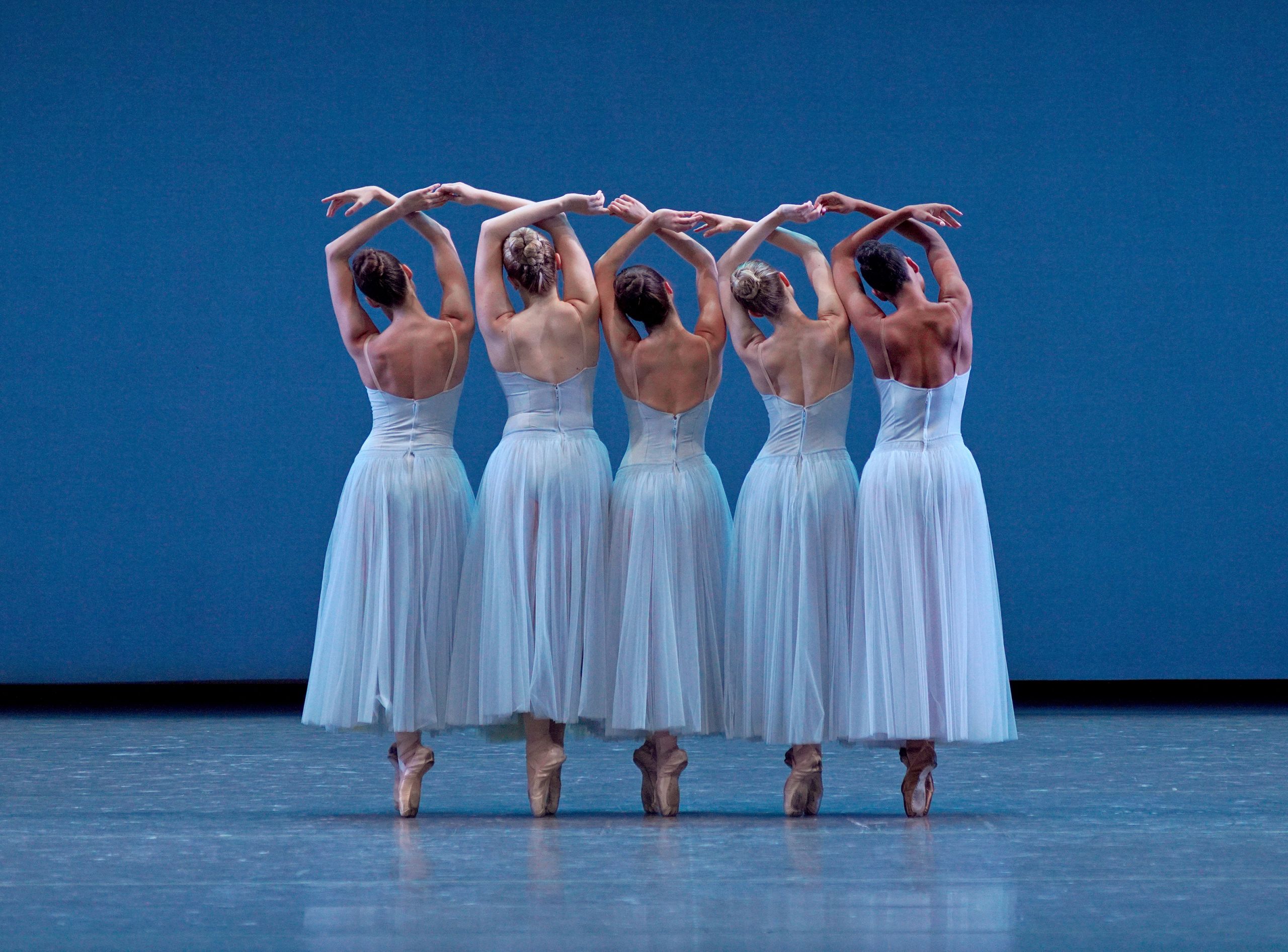
“Serenade,” Balanchine’s first ballet in America, is first performed by SAB (School of American Ballet) students on the estate of his friend Felix Warburg in White Plains, New York.
1935

Balanchine and Kirstein create the American Ballet, a touring company made up of students from the School of Ballet.
Photo: New York City Ballet in Amsterdam, repetitie New York City Ballet. Photo by by Ron Kroon / Anefo
1946
After several years of looking for a permanent home for their company, Kirstein and Balanchine create the Ballet Society in New York City.
1948
After seeing one of their performances at City Center, Morton Baum, chairman of the City Center finance committee, invited the company to become a permanent part of City Center. Once under the City Center umbrella, the Ballet Society became known as New York City Ballet. On October 11th, 1948, The New York City Ballet has its first performance.
November 21, 1957
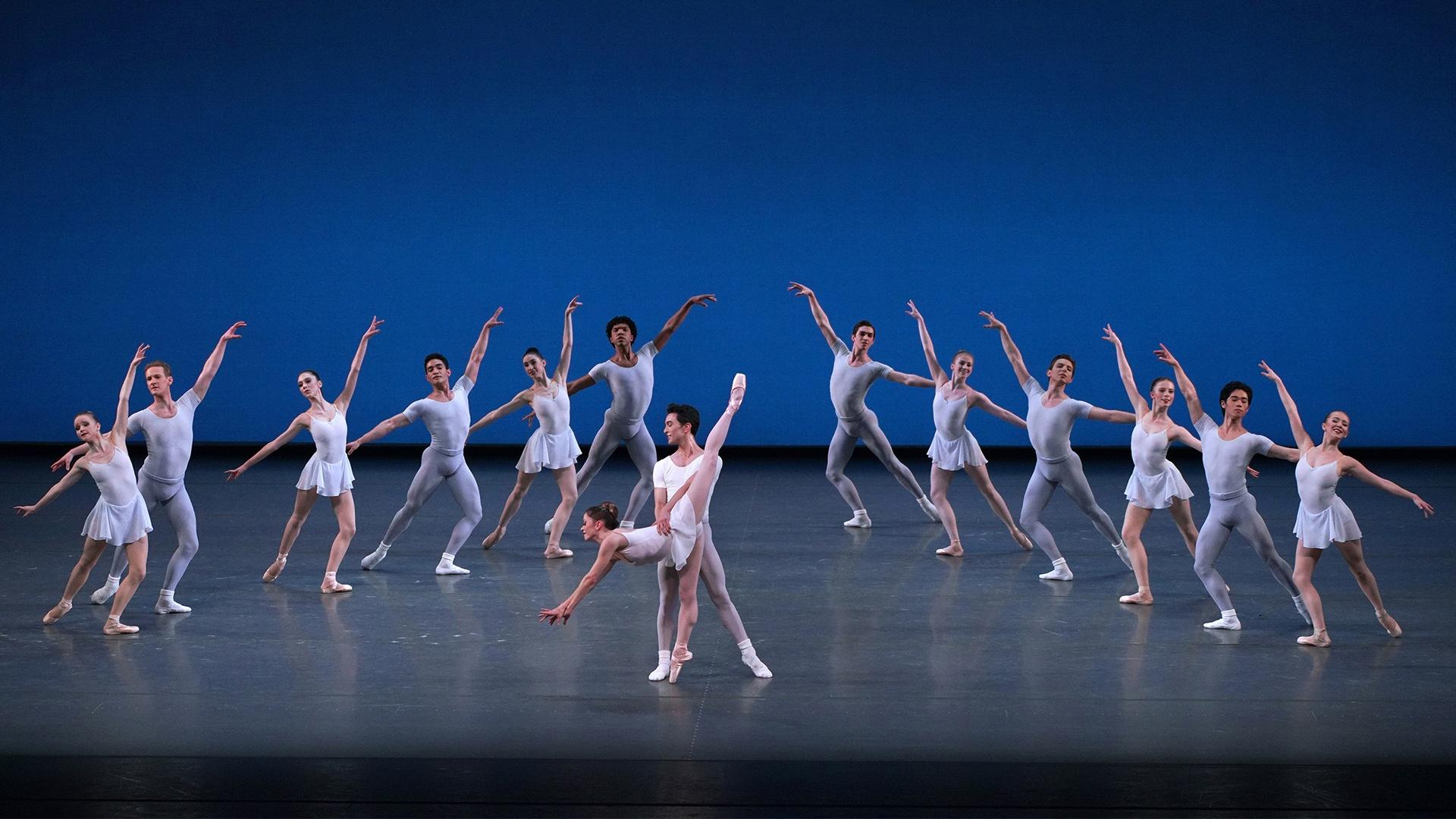
Balanchine premieres “Square Dance” with the New York City Ballet. In the dance’s first incarnation, the musicians played on stage next to the dancers, who followed the directions of a square dance caller, who called out the steps to the dancers. In the 1976 revival, the caller was removed, a male soloist was added, and the musicians were moved to the pit.
April 30, 1983
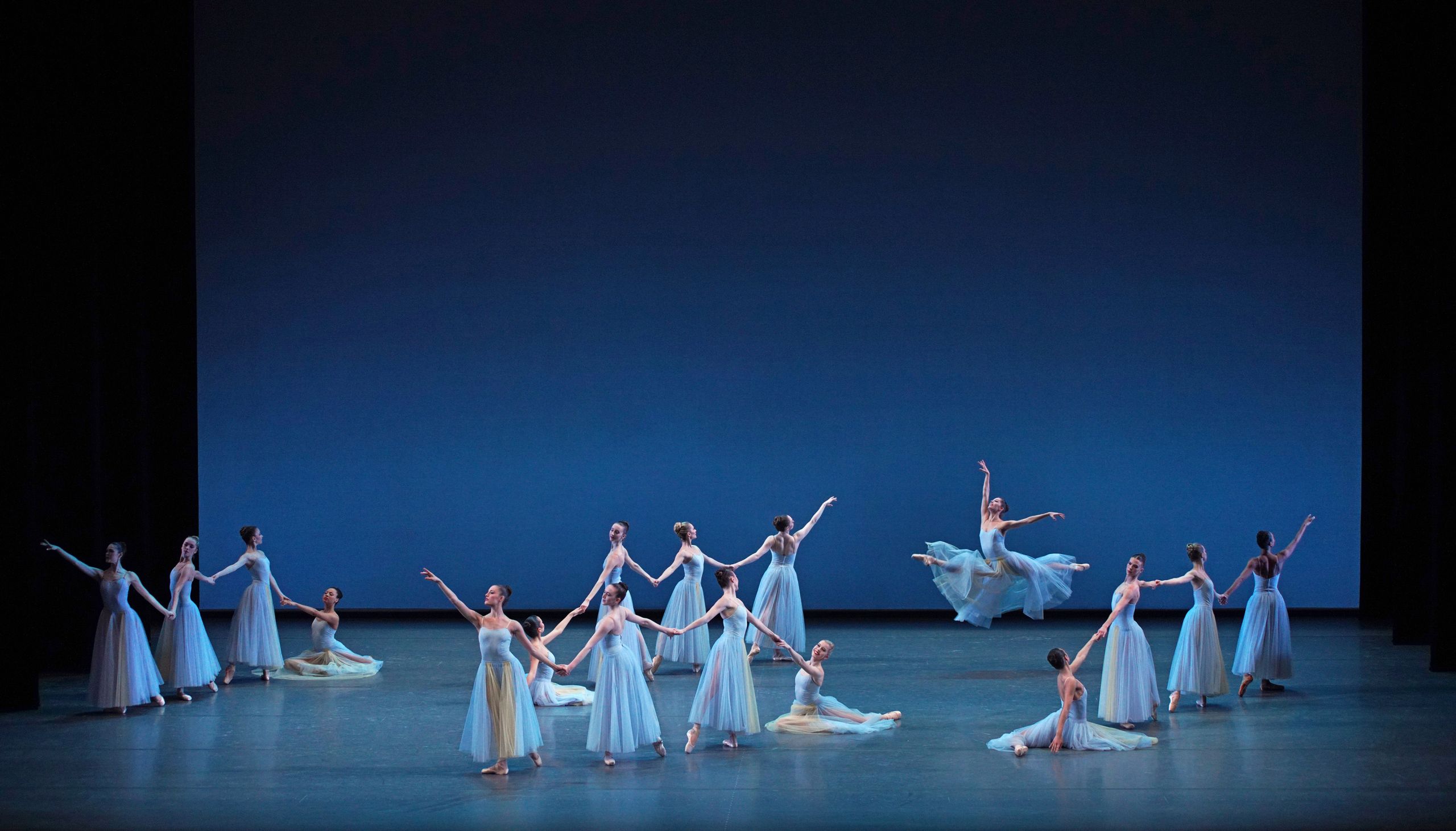
Balanchine dies at the age of 79 in New York City. By the end of his life, Balanchine had choreographed 465 ballets.
September 8, 1987

Justin Peck was born in Washington, D.C. His family later moved to San Diego, California, where Peck grew up.
Photo: Justin Peck (Credit: Ryan Pfluger)
1996
Peck sees a performance of tap dancer Savion Glover in “Bring In ’da Noise, Bring In ’da Funk,” which inspires him to start taking tap classes.
2001
After seeing American Ballet Theater performs “Giselle” in San Diego, Peck becomes obsessed with ballet and decides to pursue it over tap.
2003 – 2005
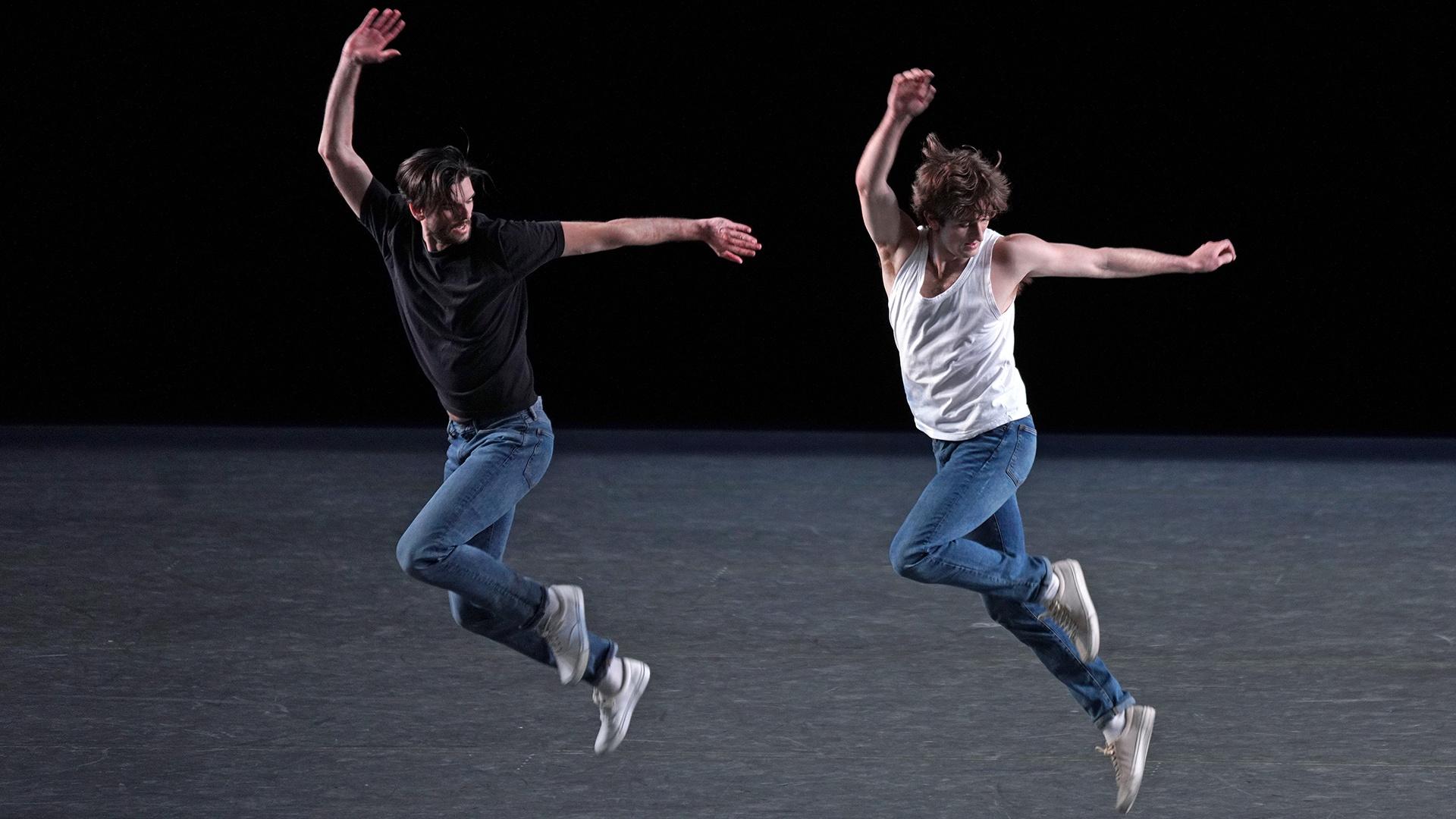
At 15, Peck attends the summer course at the School of American Ballet, eventually being accepted into the year-round program for the fall semester. While enrolled, Peck begins to choreograph original pieces. While studying at School of American Ballet, Peck and his roommate Robbie Fairchild would often pass the time by playing the video game “Dance Dance Revolution,” which later influenced the “tap duet” in “The Times Are Racing.”
2006 – 2007
Peck is named an apprentice with the New York City Ballet, eventually moving up into the corps de ballet in 2007.
2011
Peck is awarded a year-long residency at the New York Choreographic Institute.
2013
Peck is promoted to soloist at New York City Ballet.
2014
Peck is named the New York City Ballet’s Resident Choreographer, only the second in the company’s history.
January 26, 2017
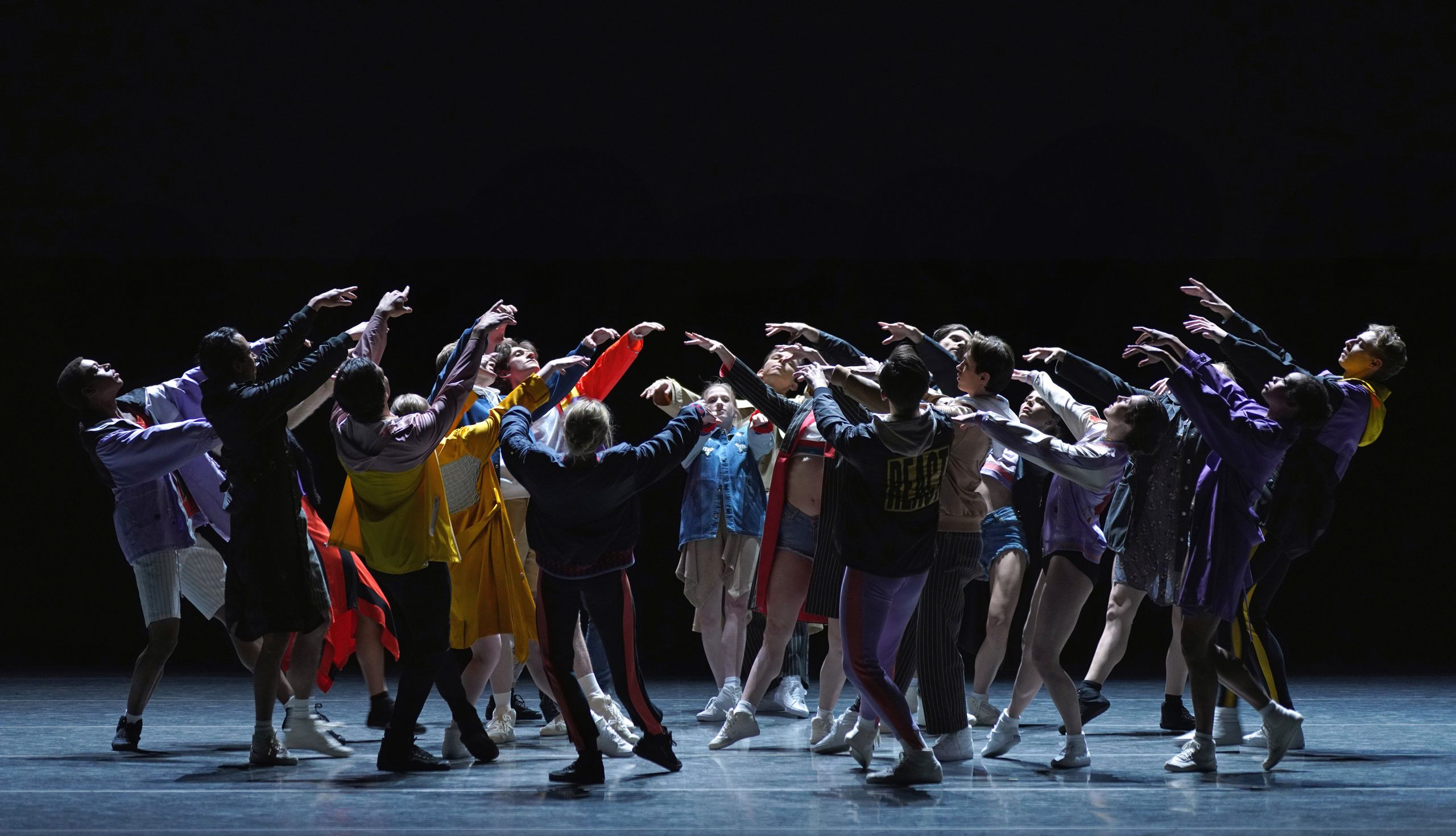
Peck’s “The Times Are Racing” premieres with the New York City Ballet at the David H. Koch Theater

